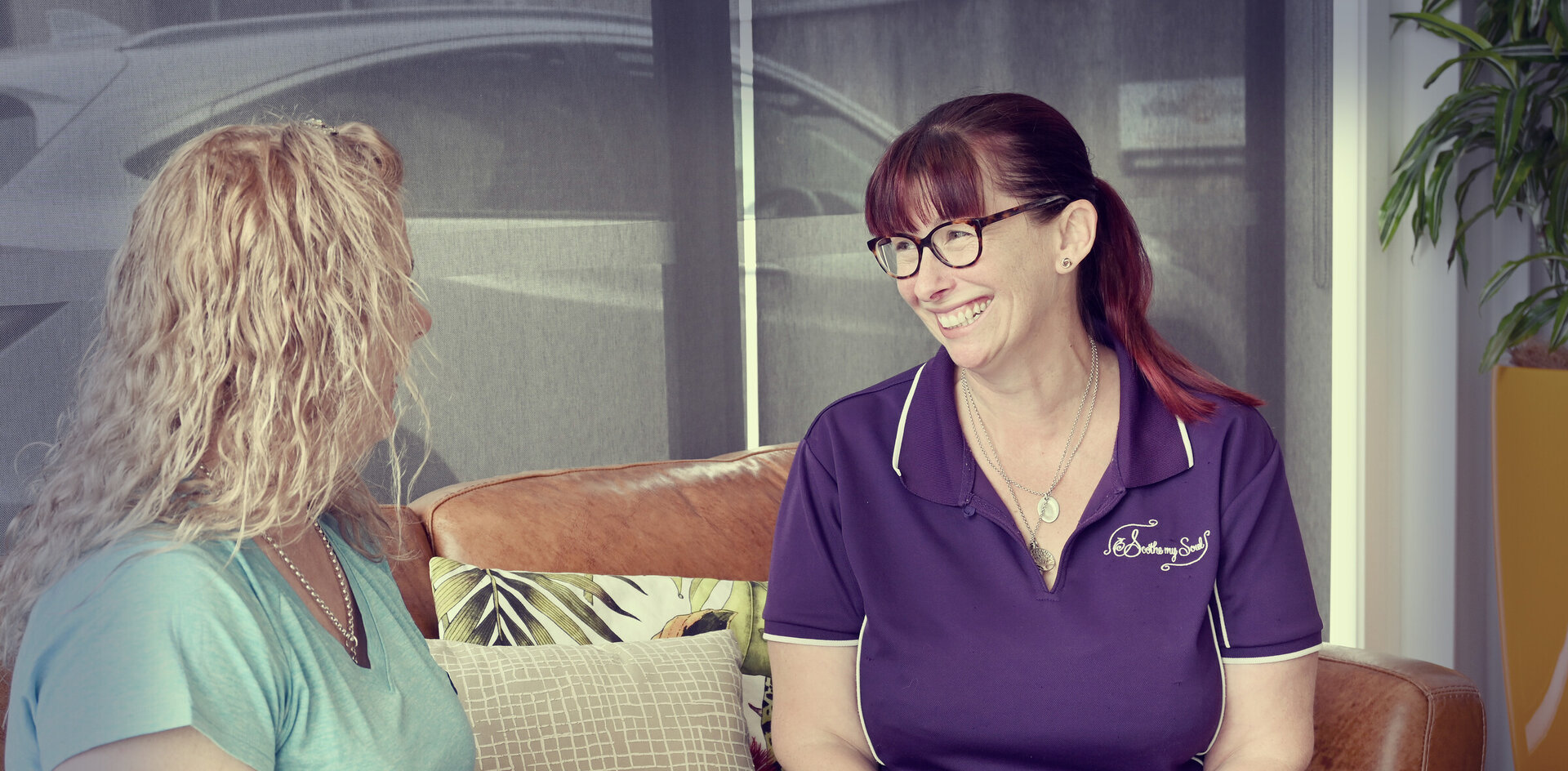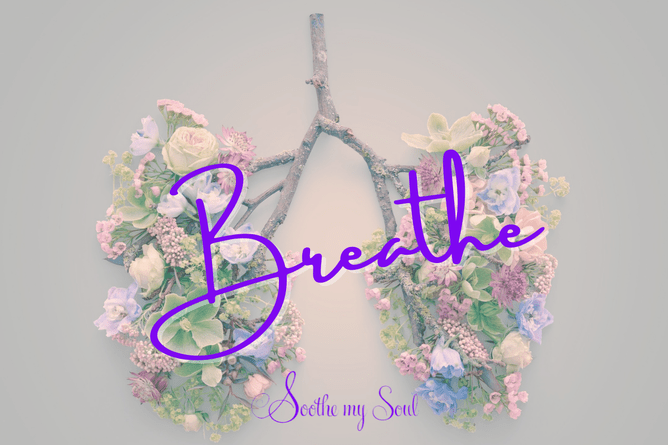Anxiety and our Breath
Our nervous system is responsible for our senses. The sensory receptors are around the body to notice and pick up messages to bring back to the brain. The brain then decides what to do with those messages, and sends the appropriate response back out to the area of the body.
So, what happens when we panic, or feel worried? The body responds by being on alert. You might have heard of the fight and flight response? There's also a Freeze state to add to that. And more recently some psychologists include a Fawn state as well.
Fight - The body becomes ready to attack, angry outbursts, physical violence (of self or others)
Flight - Run, escape the danger. get away fast!
Freeze - Shock, Unable to move or respond with speech or thought.
Fawn - Fussing over others, Are you OK? Here let me help you.(rather than myself)
These states are a natural response, and designed to keep you safe. The part of the brain that is responsible for this has done its job, protecting you really well. Sometimes though, it does it too well, and continues to even when its not required. This is Anxiety - a heightened state.
Anxiety can affect people in isolated incidents, or for short periods following triggers or stressful events. Sometimes it will not have a known cause. Some people also manage the symptoms and trigger's for life.
One of my favourite ways to support my body out of its heightened state of Anxiety and back to its state of calm, is through the breath.
Our respiratory system and nervous system's are closely connected. So by changing the breath from shallow chest breathing (anxious/panic) and into a slower deeper belly breath (calm/relaxed). Using the full space of the lung ensures the correct exchange of oxygen and carbon dioxide, and leaves the brain feeling alert but calm.
4-7-8 Breathing
This technique is simple and with practice can be a simple and fast way to reverse a panic attack. I have taught kids this technique, they love to feel "in charge" of their body, and you can too.
Breathing into your diaphragm imagine a balloon inflating in the space below your rib cage.
- Breathe in through your nose for 4 seconds (quietly)
- Hold the breath in for 7 seconds
- Breathe out through your mouth for 8 seconds (audibly)
If you can’t do the full counts on the first few tries, it’s normal and absolutely OK. Breathe in, hold, and breathe out for as long as you feel comfortable. With practice, you’ll be able to work up to the 4-7-8 counts.
Give it a try and let me know how you go? I'm more than happy to chat through the technique with you and help you master it.
I will add a link to a video of me on my facebook page, if you want to try counting along with me click here: 4-7-8 Breathing video
You can try it any time when panicked (if you remember to) , At first it's better to practice when you are relaxed and have some time. Perhaps try a short session before bed and see how you feel.
With kindness,
Alice


